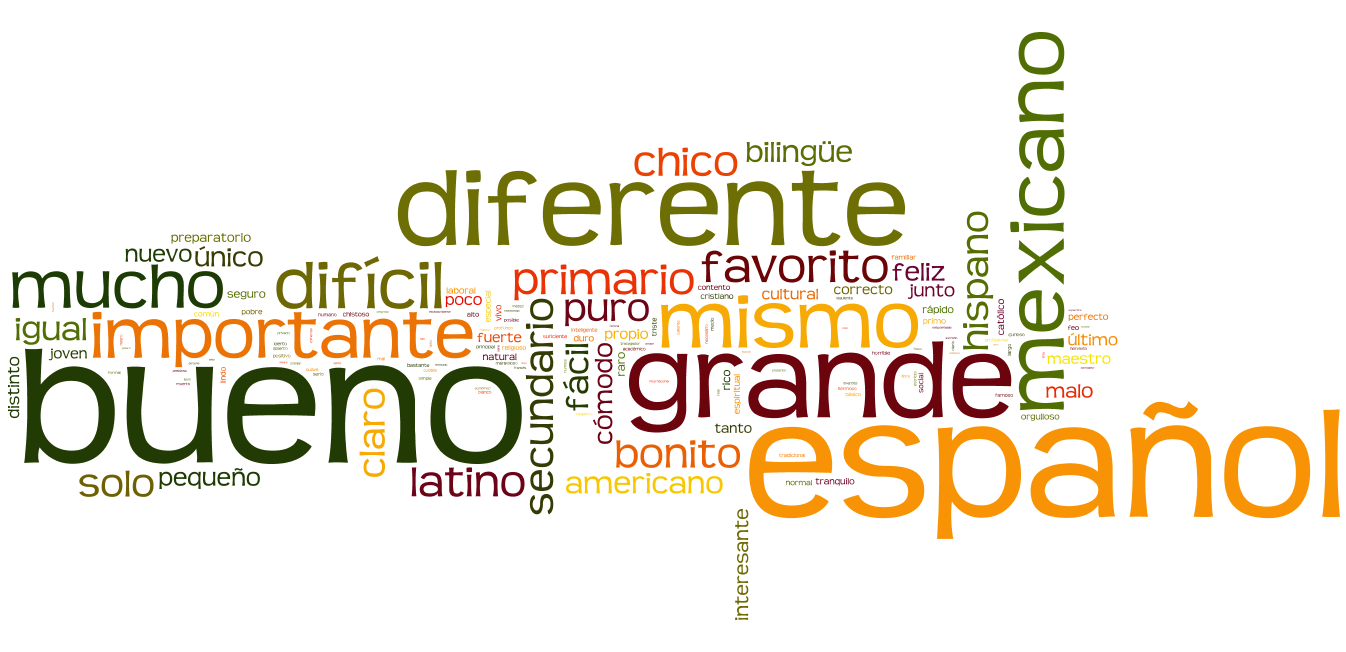10 Tips For Creating An International Website

Everything you need to give your global website the best kick-start
Launching an international website can be a daunting task, and you probably don’t even know where to start. Limited time, resources and budget have been holding you back, but you’ve noticed an increase in overseas visitors to your site during the recent pandemic.
You know that there’s going to be a shift to doing more business online, and your competitors already have global websites, but you keep putting yours off.
Fear not! Follow these top ten tips to kick-start your international website, quickly and easily.
1/ Clearly defined target audience
Use your Google Analytics account to see where your website traffic is coming from. Are you getting visitors from overseas? If so, which markets, and what volumes?
This information can help you to clearly define the audience your global website will target.
2/ Content adapted to your chosen market
Unless your brand is well-established in a particular international market, you probably want to start small. That means deciding how your global website will deliver your message. Options here include:
3/ Website built on a multilingual Content Management System (CMS)
Is the CMS you’re using to host your website able to handle content in other languages? Important considerations here include:
The good news is that most CMSs are now fully multilingual and localisation-ready, including WordPress, Drupal and Squarespace.
TOP TIP
If you’re targeting Arabic speaking countries then you must remember that it’s not just the written text that needs to be read from right-to-left, you need to flip the whole structure of the page.
Here’s an example from Tetley Tea who have a dedicated website for the Middle East that is available in both English and Arabic.
4/ Website in the local language
Did you know that 76% of online consumers prefer to buy from websites that are available in their native language? In fact, 40% say they will never buy from a website in a language other than their own (Research conducted by CSA Research, 2020).
If you’re selling direct to consumers, then this is powerful data that you can’t ignore! And this is still relevant for B2B customers in particular regions. Take Asia for example.
Be sure to hire a professional translator or translation agency to take your English content and make it suitable for your target audience from both a linguistic and cultural perspective.
TOP TIP
Remember when you defined your target audience in step one? Well, here’s a quick tip for you when it comes to languages such as Spanish, Portuguese, and Chinese.

Let’s take Spanish as an example. Although Spanish is spoken in Spain, Mexico, Colombia, Argentina, the list goes on, the language is slightly different in each country. Major differences tend to be terminological whereby different words are used in each country to describe the same thing.
Make sure you take this into consideration when finding the right translator. It’s not a one-size fits all situation.
5/ Translated website content is optimised for your target market
Here in the UK, probably 99% of the population heads straight to Google when they want to look something up, but this isn’t the case in other countries.
This is where international SEO (Search Engine Optimisation) comes into play. You want to be aware of the way your target audience behaves online, especially when searching for your product.
TOP TIP
Although Google still remains the most popular search engine in the world. There are many local search engines to be aware of. Here are a few examples.

Baidu, China

Naver, South Korea

Yandex, Russia

Seznam, Czech Republic
6/ Trust anchors across the site
Trust is incredibly important when it comes to international commerce. Quick ways that you can make sure your website comes across as trustworthy are:
7/ Local payment and shipping methods
In addition to the above, being aware of local payment and delivery methods will also build trust in your brand. It’s easy to think that all online transactions are done via credit card or PayPal, but that’s definitely not the case.
Did you know that consumers in Romania still prefer to pay cash on delivery? In the Netherlands most people pay using a system called iDeal? And that in China, Alipay and WeChat Pay are the top payment methods of choice?
If you’re not sure which method to use for your target market, then this guide from Adyen is incredibly helpful.
8/ Culturally appropriate content
Make sure the visual elements of your website are suitable for your target market. Try to use images of people and places native to the region and be careful with certain colours and icons which may be considered offensive in other cultures.
This may also mean that you have to adapt your website design slightly to accommodate. Here’s a great example from McDonalds who have been sure to use local images, loud fonts, and bright graphics to target the Chinese market.

9/ Contact forms
Of course, when you’re expanding into a new market your customers are bound to have questions. It’s therefore important that you provide at least one method of communication.
A contact form is a good way to capture information, as long as you translate the relevant field headers and adapt things like the address fields to suit the target region.
10/ Regular updates
Include important news on your site to keep your international visitors aware of company developments, new products, new partnerships, or shipping delays.


